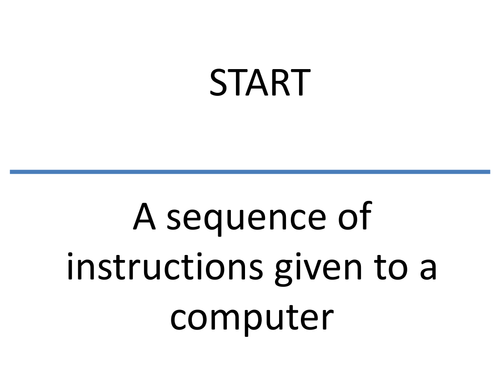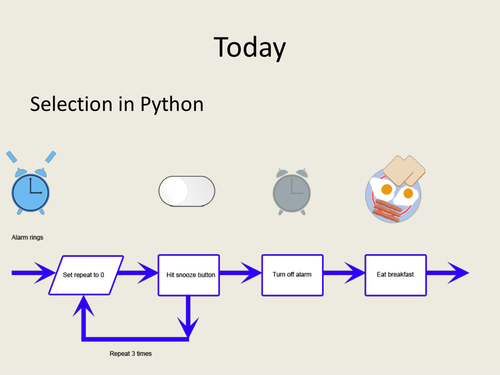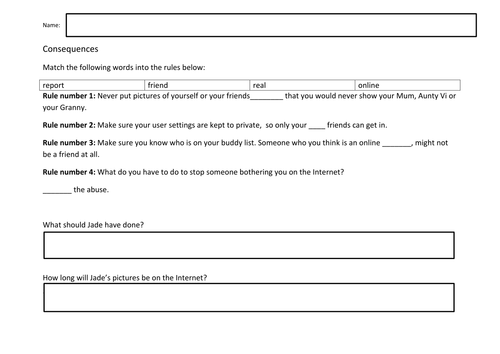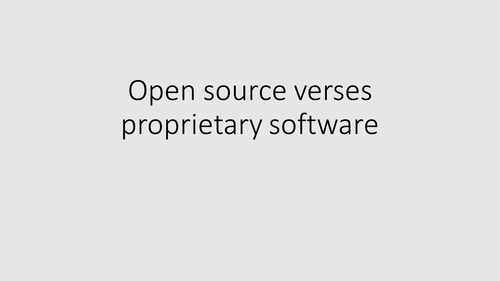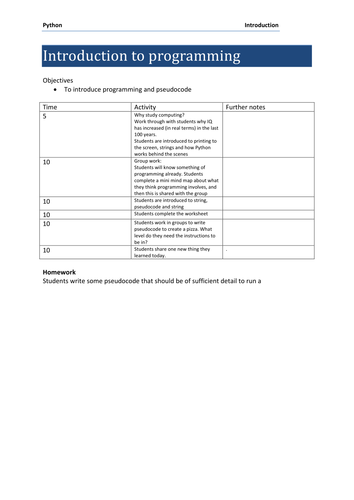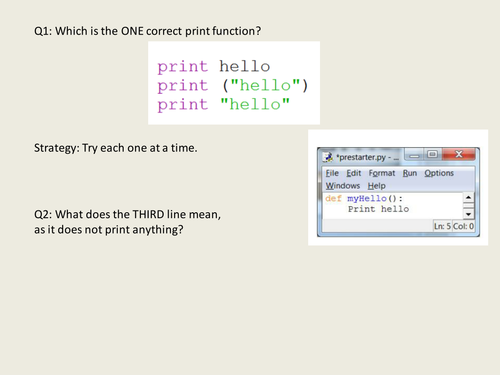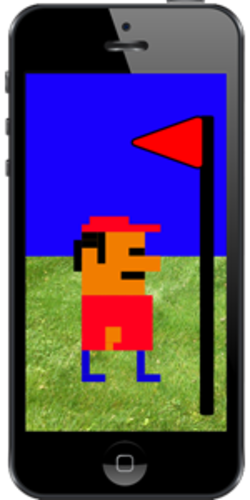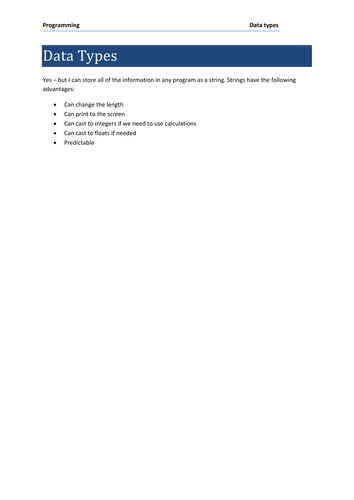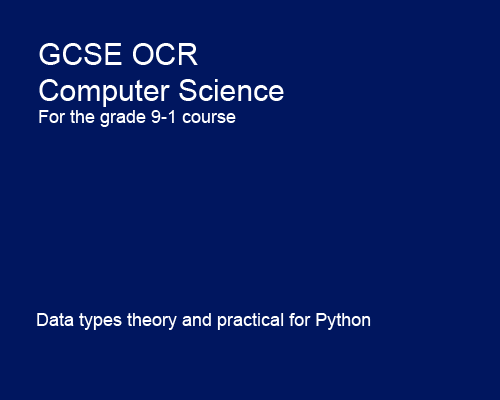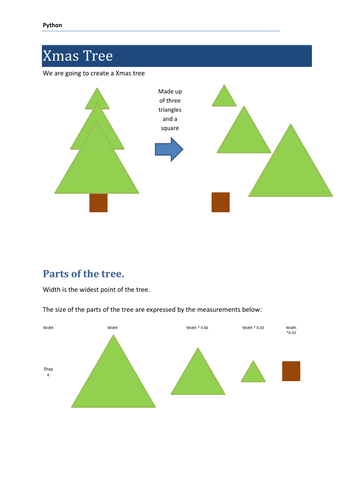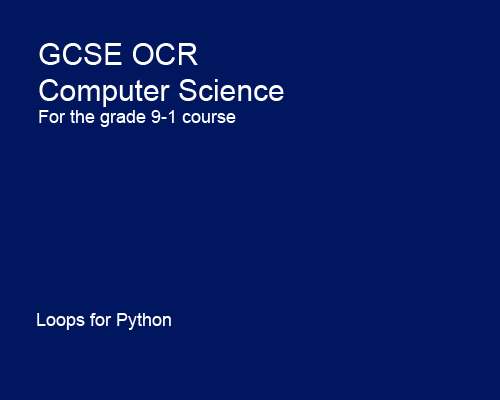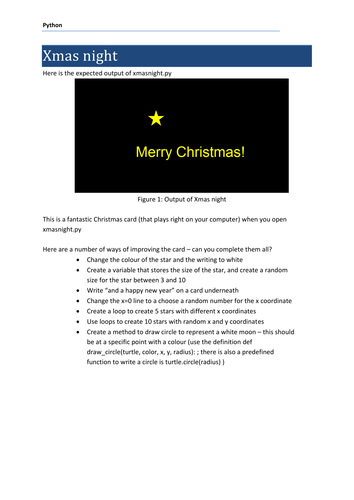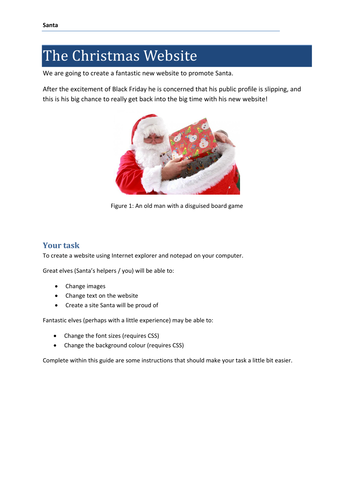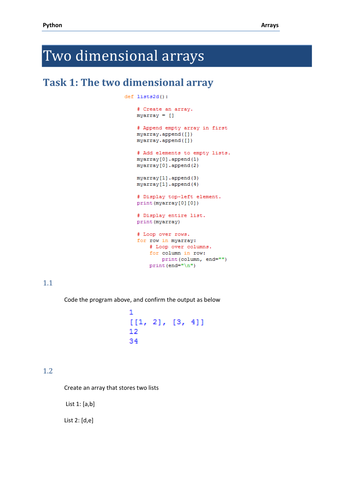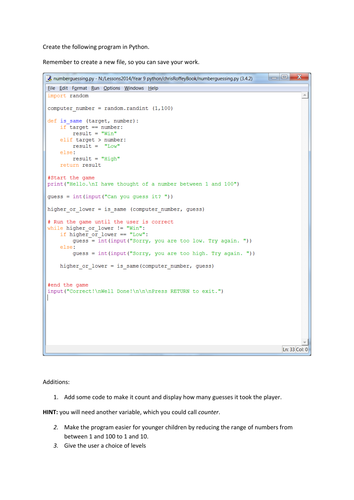
545Uploads
238k+Views
81k+Downloads
Computing
Bundle

Selection - GCSE Computer Science OCR 9-1 Programming with Python
A complete bundle for OCR 9-1, introducing selection in Python.
Has both theory and practical lessons; could be spread over two, three or
four lessons as suitable for your context.

Selection practical for GCSE Computer Science using Python
Teaches students about selection. The full lesson includes booklet and homework.
This resource uses Python version 3.4

Selection theory for GCSE Computer Science
Teaches students about selection. The full lesson includes booklet and homework.
This resource is not based on any particular programming language, so is applicable for any particular language you choose.

Dangers of Social media for KS3
Full lesson including lesson plan for the dangers of social media (KS3).
Fixed problem with first video.

Mario Run: Dangers of mobiles lesson
Two lessons:
Brainstorming
Research
Suitable for both KS3 and KS4

Open Source Vs Proprietary Software lesson for GCSE Computer Science
Presentation and worksheet designed for GCSE Computer Science

Introduction to programming theory for GCSE Computer Science
Teach students about programming . They study basic strings and how computers store and manipulate data.
This resource is not based on any particular programming language, so is applicable for any particular language you choose.

Data types practical for GCSE Computer Science using Python
Teaches students about data types including integer, boolean, float and casting.
The full lesson includes booklet and homework.
Practical session based around a 60 minute lesson.
This resource uses Python version 3.x

Loops practical for GCSE Computer Science using Python
Teaches students about for loops, while loops and parameters.
The full lesson includes booklet and homework.
Practical session based around a 60 minute lesson.
This resource uses Python version 3.4
Bundle

Learning ICT and Computing with Mario Run
Resources that can really bring learning to life, based around the Mario franchise.

Data types theory for GCSE Computer Science
Teaches students about selection. The full lesson includes worksheet, starter, plenary and homework.
This resource is not based on any particular programming language, so is applicable for any particular language you choose.
Bundle

Data types - GCSE Computer Science OCR 9-1 Programming with Python
A complete bundle for OCR 9-1, data types in Python.
Has both theory and practical lessons; could be spread over two, three or more lessons as suitable for your context.

Python Christmas - Create a Xmas Tree Lesson
Create a Christmas tree using python 3.x
No presentation, give the students the worksheet and see how they can progress!
Bundle

Loops and iteration - GCSE Computer Science OCR 9-1 Programming with Python
A complete bundle for OCR 9-1, introducing Python. Has both theory and practical lessons; could be spread over two, three or four lessons as suitable for your context.

Python Christmas Xmas night
A worksheet for Python 3.x for Christmas - make a Xmas night picture.
No Presentation for this, I'd give them the files and the worksheet and let them do it!
Students will find this easier if they know something about variables, loops and preferably functions (although they can always look things up on the web to get this working)

Santas website (HTML) Computing Christmas lesson
A complete session (could be a lesson, could be longer if you wanted) to get students to create a website.
Full instructions provided - give them the files and the booklet and go. They love changing the text and images and it's all related the the computing curriculum!
No special software required, uses notepad and Internet Explorer (all Windows computers have these installed)

2d Arrays (lists) practical for GCSE Computer Science using Python
Teaches students about two dimenstional arrays (lists).
The full lesson includes booklet and homework.
Practical session based around a 60 minute lesson.
This resource uses Python version 3.4

Number guessing game for python
Simple number guessing game for Python 3. The starter code is in the Word document, giving support to all learners.
Bundle

2.2 Programming techniques for Python - GCSE Computer Science OCR 9-1 Programming with Python
Covers 2.2 Programming techniques from the specification.
Created for use with Python version 3.x. (although could be adapted for version 2)
Full resources for the following:
**
Learners will study the following: **
• how to identify and use variables, operators, inputs, outputs and assignments
• how to understand and use the three basic programming constructs used to control the flow of a
program: Sequence; Selection; Iteration
• how to understand and use suitable loops including count and condition controlled loops
• how to use different types of data, including Boolean, string, integer and real, appropriately in
solutions to problems
• how to understand and use basic string manipulation
• how to understand and use basic file handling operations:
-open
-read
-write
-close
• how to define and use arrays (or equivalent) as appropriate when solving problems
• how to understand and use functions/sub programs to create structured code.


